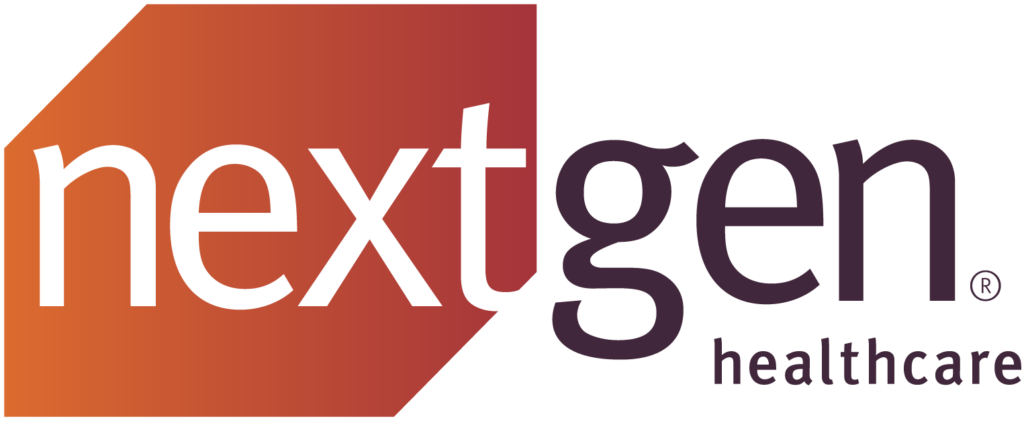Gain in-depth insights into the Electronic Medical Record (EMR) Market, including market size, key growth drivers, leading trends, regional dynamics, and technological advancements. Discover how EMR systems are revolutionizing healthcare by enhancing data accessibility and improving patient care.
Electronic Medical Record Market Overview
The global Electronic Medical Record (EMR) market was valued at USD 30,643.06 million in 2022 and is expected to reach USD 51,868.33 million by 2030, growing at a Compound Annual Growth Rate (CAGR) of 6.80% during the forecast period. This market represents one of the fastest-growing segments within the global healthcare IT landscape. EMRs serve as digital counterparts to traditional paper-based patient records, containing essential medical information such as patient history, diagnoses, medications, treatment plans, immunizations, allergies, lab results, and radiology images.
Market growth is being fueled by increasing demand for digital healthcare systems, escalating healthcare costs, and the need to minimize medical errors. Government initiatives, particularly in developed countries, are significantly supporting EMR adoption, further accelerating market development. Additionally, the surge in chronic disease cases and the need for more efficient, integrated healthcare delivery systems are key factors contributing to the growing demand for EMR solutions.
Electronic Medical Record Market Dynamics
The EMR market is influenced by a combination of technological progress, regulatory mandates, and evolving patient expectations. A major driver of growth is the increasing digitization of healthcare systems in both developed and developing regions. The integration of artificial intelligence (AI) and machine learning (ML) into EMR solutions is revolutionizing how medical data is recorded, stored, and interpreted. Interoperability has become a vital focus, with healthcare providers seeking EMR platforms that can seamlessly connect across systems and institutions.
Governments, particularly in North America and Europe, are actively promoting EMR usage through incentives and penalties, further accelerating adoption. However, challenges such as varying levels of system usability, concerns about data security, and difficulties in integrating outdated systems persist. Although cloud-based EMRs reduce initial capital costs, operational and training expenses remain high—especially for small and mid-sized practices. Additionally, vendor lock-in, limited customization, and scalability issues continue to shape the competitive landscape.
Key Trends in the EMR Market
The EMR sector is undergoing significant transformation, marked by several emerging trends:
Rapid Growth of Cloud-Based EMRs: These systems are preferred for their flexibility, cost-efficiency, and ease of deployment.
Telemedicine Integration: Post-pandemic healthcare models are increasingly combining EMR platforms with remote consultation tools.
Patient Empowerment: EMRs are being equipped with features that enable patients to manage and access their health data in real-time.
Focus on Interoperability: The industry is moving toward standardized data exchange across healthcare systems and devices.
AI & Predictive Analytics: EMRs now offer decision-support tools that aid clinicians in diagnosis and improve care quality.
Enhanced Cybersecurity: With rising threats of data breaches, vendors are investing heavily in robust security infrastructure.
Mobile Accessibility: The rise of mobile EMR applications allows clinicians to access patient data from anywhere, improving care coordination.
Competitive Landscape
Key players driving innovation and competition in the EMR market include:
Cerner Corporation (US)
Epic Systems Corporation (US)
Allscripts Healthcare Solutions Inc. (US)
MEDITECH (US)
CPSI (US)
GE Healthcare (US)
athenahealth Inc. (US)
MEDHOST (US)
eClinicalWorks (US)
NextGen Healthcare (US)
Intersystems Corporation (US)
MTBC (US)
Cantata Health (US)
Advanced Data Systems Corporation (US)
CureMD (US)
Key Report Highlights
Cloud-based EMRs are the fastest-growing deployment model.
Hospitals continue to be the largest segment of end-users.
North America dominates the global market due to strong policy support and advanced digital infrastructure.
Interoperability is a top consideration for healthcare providers when selecting EMR vendors.
Smaller practices increasingly prefer cloud-based solutions for affordability and scalability.
AI-enhanced EMRs are improving diagnostic speed and precision.
The rise of telehealth post-pandemic is fueling EMR adoption worldwide.
Data privacy and security concerns continue to limit market penetration in some emerging economies.




















